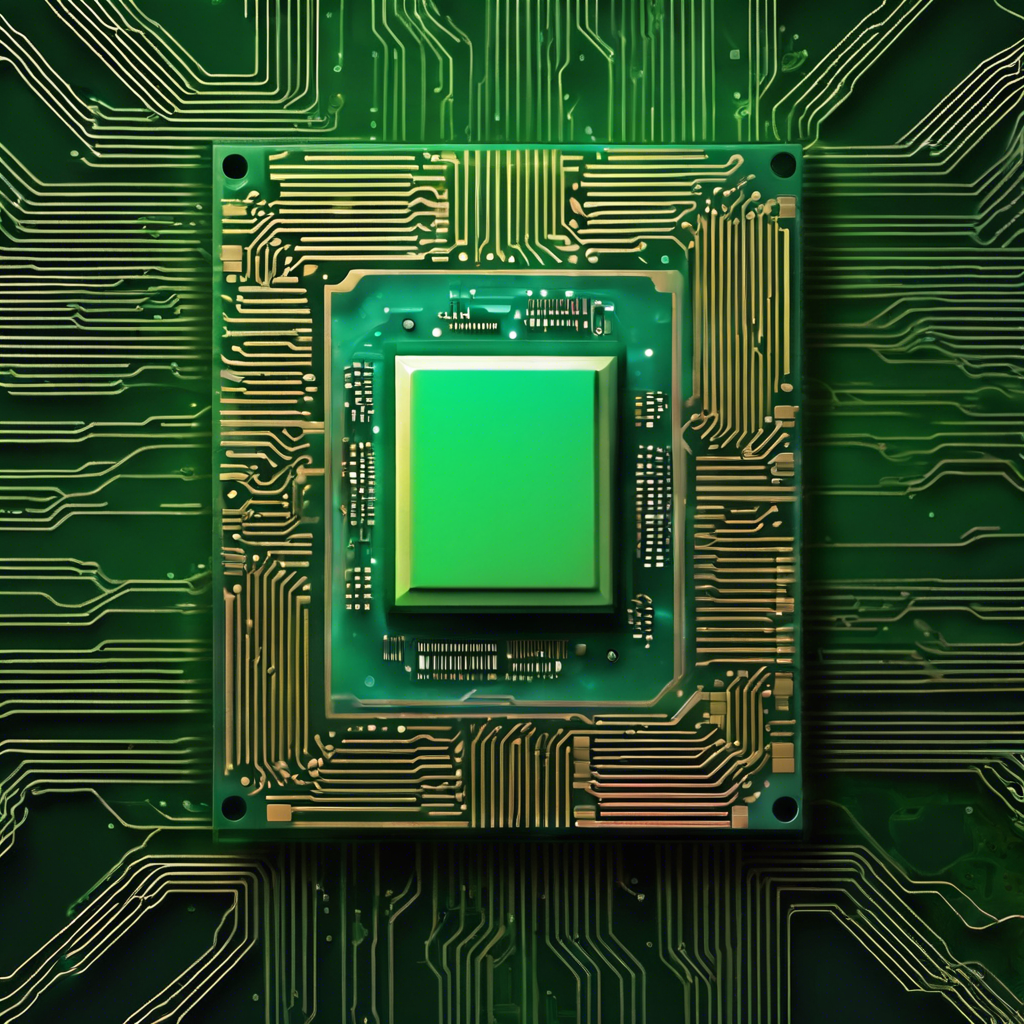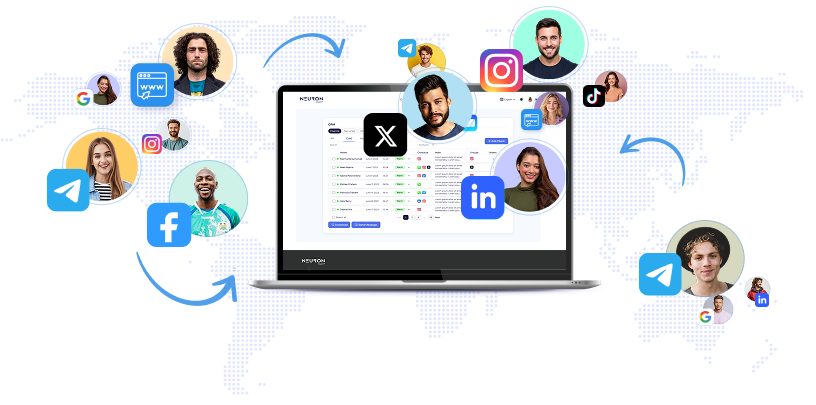
A team of engineers at BitEnergy AI, a company specializing in AI inference technology, has reported a breakthrough method that can reduce the energy consumption of AI applications by 95%. They have published their findings in a paper on the arXiv preprint server. As AI applications become more widespread, their usage has surged, resulting in a significant increase in energy consumption and costs. For instance, large language models (LLMs) like ChatGPT demand considerable computing power, which translates to high electricity usage. ChatGPT, for example, currently consumes approximately 564 MWh per day, sufficient to power around 18, 000 American homes. With ongoing advancements in AI and rising popularity, critics warn that these applications could consume around 100 TWh annually within a few years, rivaling the energy usage of Bitcoin mining. In this new study, the BitEnergy AI team asserts they have discovered a method to significantly lower the computational requirements for AI applications without compromising performance. The technique is straightforward: instead of relying on complex floating-point multiplication (FPM), it employs integer addition. FPM is utilized to manage very large or very small numbers, enabling precise calculations, making it the most energy-draining aspect of AI processing. The researchers have named their approach Linear-Complexity Multiplication, which approximates FPM using integer addition.
Testing so far indicates that this new method could decrease electricity consumption by 95%. The one limitation is that it necessitates different hardware from what is currently available. However, the research team mentions that this new hardware has already been designed, built, and tested. The licensing of such hardware remains uncertain, especially since Nvidia, a leading GPU manufacturer, currently dominates the AI hardware market. The company's response to this emerging technology could significantly influence its adoption rate—if the claims made by the researchers are confirmed. © 2024 Science X Network
BitEnergy AI Unveils Breakthrough Technique to Reduce AI Energy Consumption by 95%


AI Generated Content (AIGC) Market Summary AIGC technologies optimize production workflows, enabling enterprises to deliver content faster while maintaining brand consistency amid evolving market demands

Mike Crosby of Circana highlights the channel’s agility in quickly spotting opportunities to grow business, noting an acceleration already underway.

Asking Google’s AI video tool to create a film about a time-traveling doctor flying around in a blue British phone booth unsurprisingly yields a result resembling Doctor Who.

In today’s rapidly evolving digital environment, businesses face growing challenges to maintain online visibility and competitiveness.

Google has launched Veo 3.1, the latest version of its advanced AI-driven video generator, marking a major advance in AI-based content creation.

SOMONITOR is an innovative explainable AI framework designed to boost the efficiency and effectiveness of marketing strategies by combining human intuition with advanced artificial intelligence capabilities.

During the 2024 holiday season, the adoption of AI-powered chatbots significantly improved the online shopping experience for U.S. consumers, driving a notable increase in sales.
Automate Marketing, Sales, SMM & SEO

and get clients on autopilot — from social media and search engines. No ads needed
and get clients today